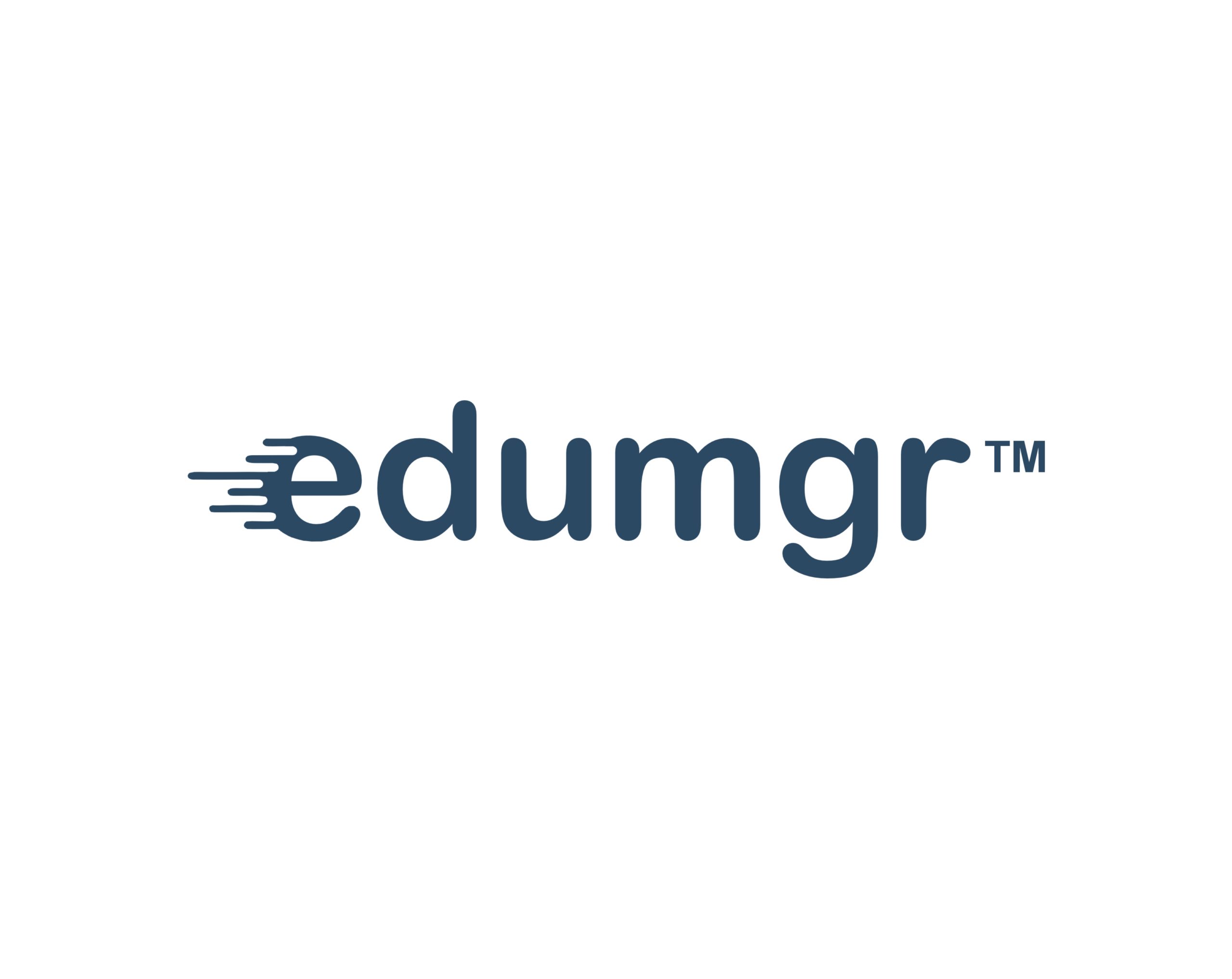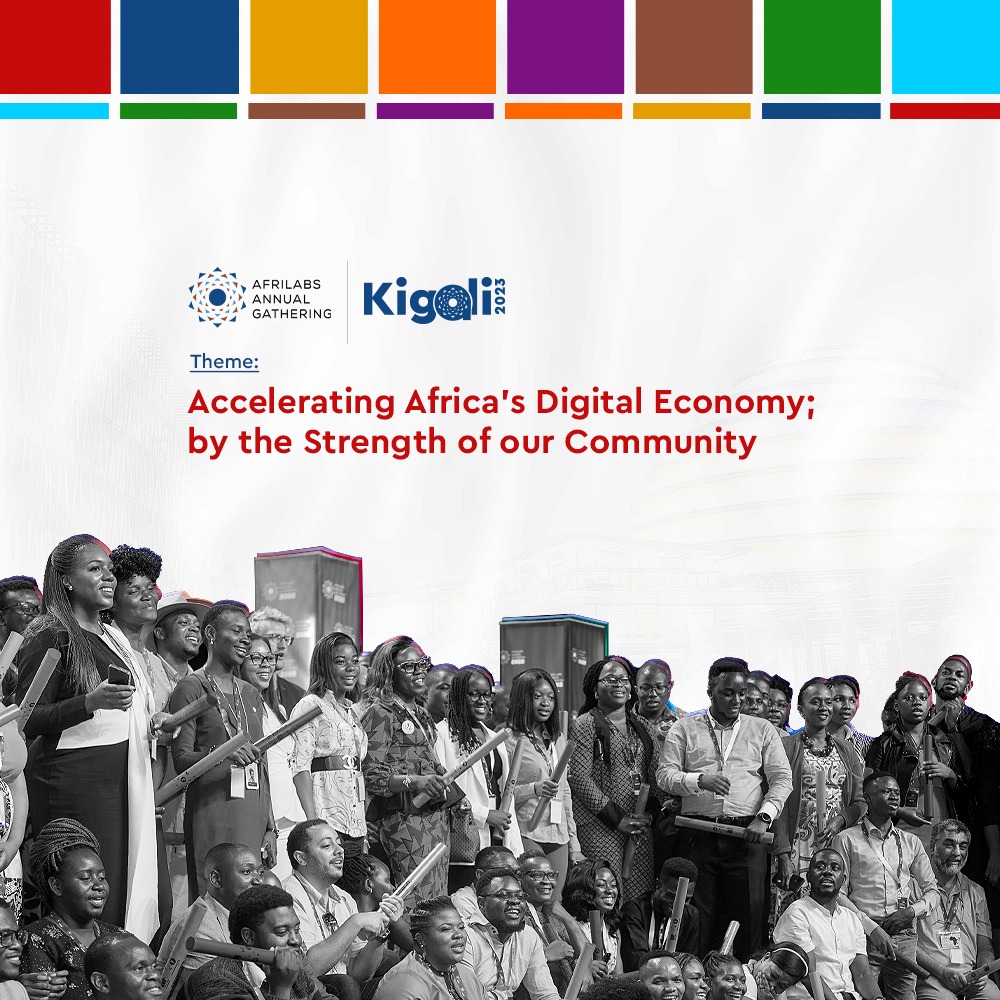As we move further into the digital age, paperless systems are becoming a more appealing way to deal with document management and storage. Instead of physical filing systems and cabinets taking up space, a document management system (DMS) enables you to store and organise your important documents in an electronic archive that only permissioned users to access and edit.
The system assists in the generation of documents, electronic signing, authentication and verification, and it can also digitise your existing paper records, making them accessible to retrieve at any stage. By eradicating the need for manual, paper-based processes, a DMS reduces an organisation’s carbon footprint, and requires less human interaction, a key concern in light of the COVID-19 pandemic.
RELATED 2021 Will Demand Continued UX And Change Management Focus According To E4
Carla De Abreu, Business Development Manager at digitalisation specialist e4, says that at a basic level, a DMS ensures that a contract between multiple parties is sound and can stand up legally in court if necessary. “The system allows you to manage documents from generation to validation through to storage and retrieval, seeing to it that all clauses are correctly and clearly defined so that all the parties involved can avoid disputes later in the process.”
While all this can be done manually, is that the most effective way? De Abreu outlines some of the benefits of an effective document management system:
Less paper, less storage space
No filing cabinets means more office space, an advantage at a time when commercial property costs are increasing. Paperless systems also mean less waste, a key consideration in the modern organisation.
Accurate records
A DMS ensures that a document is valid and authentic from the beginning of the contract process to the end. “For an electronic document to be valid and stand up in a court of law, you need to apply the right rules for that specific document and use the right type of digital signature, making sure it is airtight if you do need it at later stage,” explains De Abreu.
Enhanced security
It is essential for an organisation to keep its sensitive data secure. A DMS provides better control over and access to documents – allowing only permissioned members to view or edit them. The system leaves an audit trail of who has viewed a document, when it was accessed and if it was modified, which is traceable, and document tracking capabilities reduce the likelihood of documents being lost or misfiled after viewing.
Improved compliance
Compliance requirements for documents can be complicated, and non-compliance can lead to fines, revoked licenses and sometimes criminal liability. A DMS can reduce the risk of non-compliance. According to South Africa’s Electronic Communications and Transactions Act, a valid electronic signature can take the form of a name typed in digital format at the bottom of an email, an ‘I accept’ tick box, or an electronic or finger signature on a document. The correct electronic signature is critical to maintaining the integrity of a document throughout its lifecycle.
Better, remote collaboration
A DMS ensures that the right parties have access to and know what data is stored on their behalf. It enables all authorised parties to quickly find pertinent documents and collaborate easily as the data can be access from multiple locations. Electronic imaging makes sharing documents over a network via email or the Internet possible.
Easier retrieval
Filing, retrieving data and searching for misfiled documents can be time-consuming and labour intensive, costing an organisation money and can hampering productivity. A DMS, which can retrieve files by a word or phrase in a document – remotely if necessary, is a powerful, time-saving tool.
e4 offers four fully integrated products in the document management space, namely DocFusion, ProSign, AutoVerifiy and StorDoc. “Our system is vertically agnostic, so suited to any organisation sending and receiving sensitive documentation, where multiple parties need data traceability, including banks, insurance companies, cell phone providers and law institutions,” explains De Abreu.
DocFusion is a preferred document generation platform for South Africa’s banks, assisting organisations in the management of documents and data through digital signatures, dynamic barcodes and workflow. It allows for multiple templates of documents to be stored, filled in and generated for different parties. “As banks and other institutions have centrally managed documents, when a clause is changed, our system ensures that all parties get the latest version of the template.”
ProSign enables the user to electronically sign any document and includes the recording of forensic biometrics of each electronic signature. All documents are encrypted, authenticated and forensically audited to secure the contents and instantly detect any form of tampering. “We are in the process of introducing a video signing component, which will meet the ‘in the presence of a witness’ rule but can still be done in the comfort of your home.”
AutoVerify checks that data submitted is correct against a subset of rules from the organisation and authenticates documents such as proof of residence and ID. It allows you to scan and lift certain clauses from documents, ensuring it matches to third party and source data. “This product uses the latest in Machine Learning technology – Optical Character Recognition (OCR), which is the core technology for automatic text recognition.” This replaces a human having to verify documents and scrutinises data to a deeper level.
StorDoc is e4’s flagship product and currently all local banks are using this secure, online FICA and document management system to store documents and make sure that the right level of people has access to them. It includes a complete workflow system to review and approve (or reject) electronic documents.
In summary, a Document Management System can form a key component of a Business Process Improvement Initiative, lowering risk, improving auditability, enforcing workflow, electronically signing, and automatically verifying the contents.
De Abreu concludes by commenting that “Any medium to large business processing documents can benefit from our proven technologies.”


































